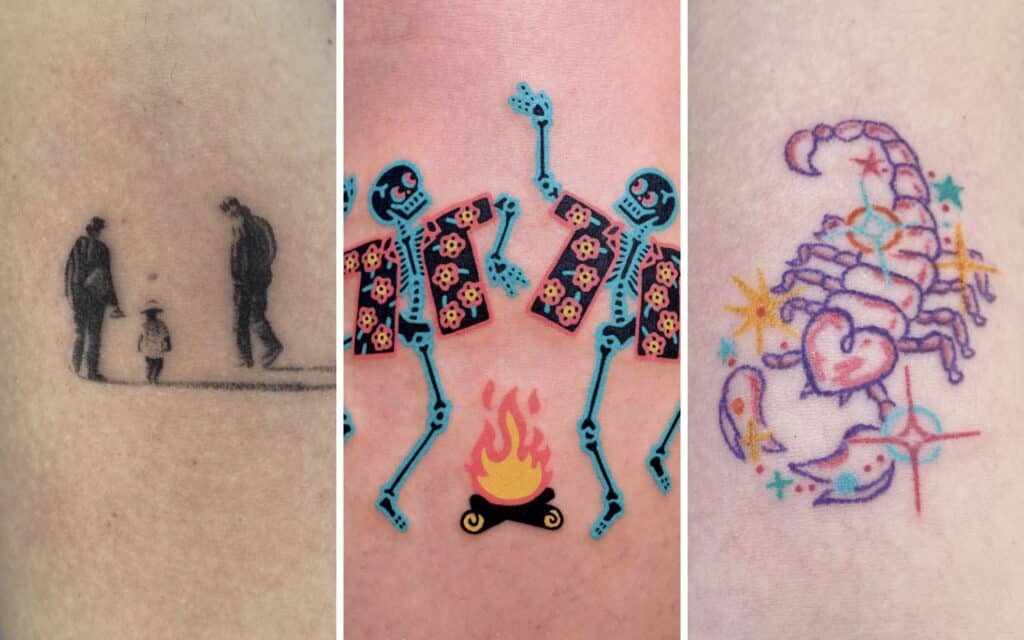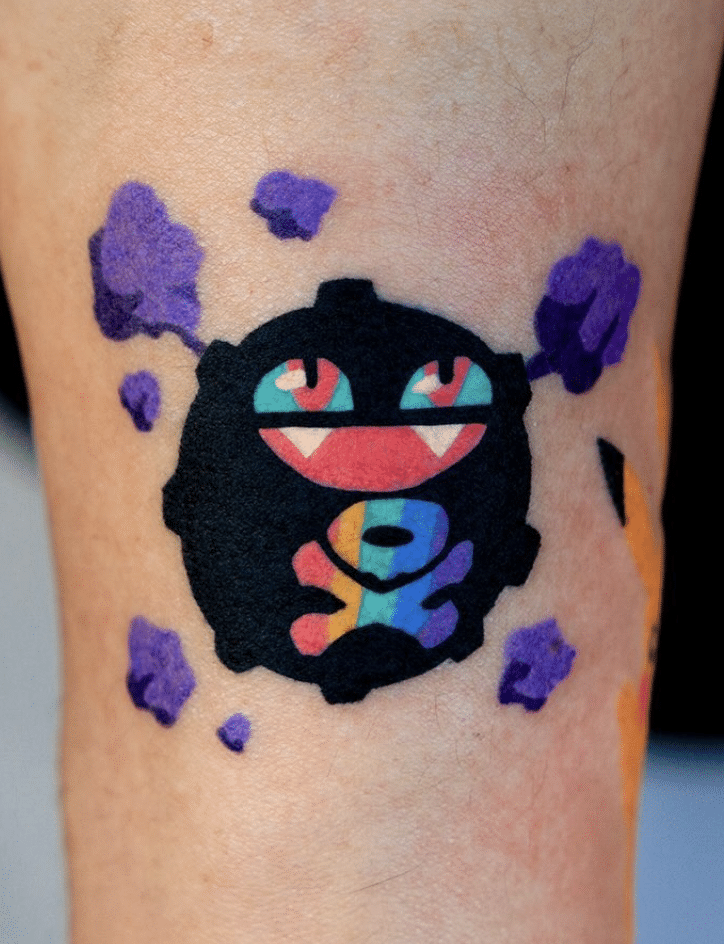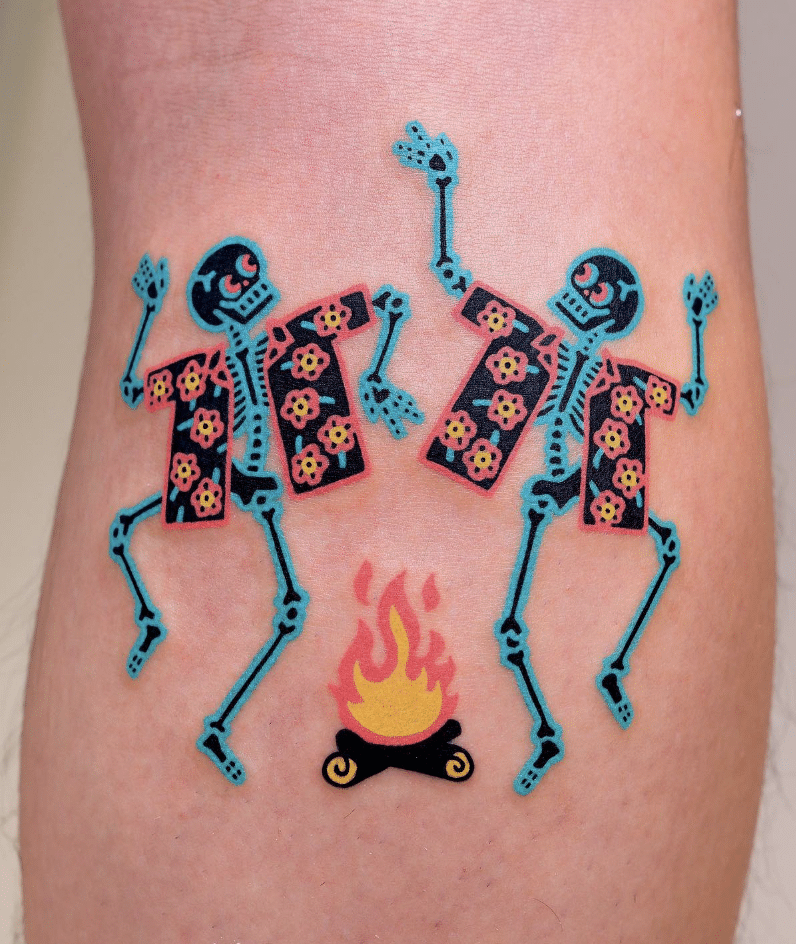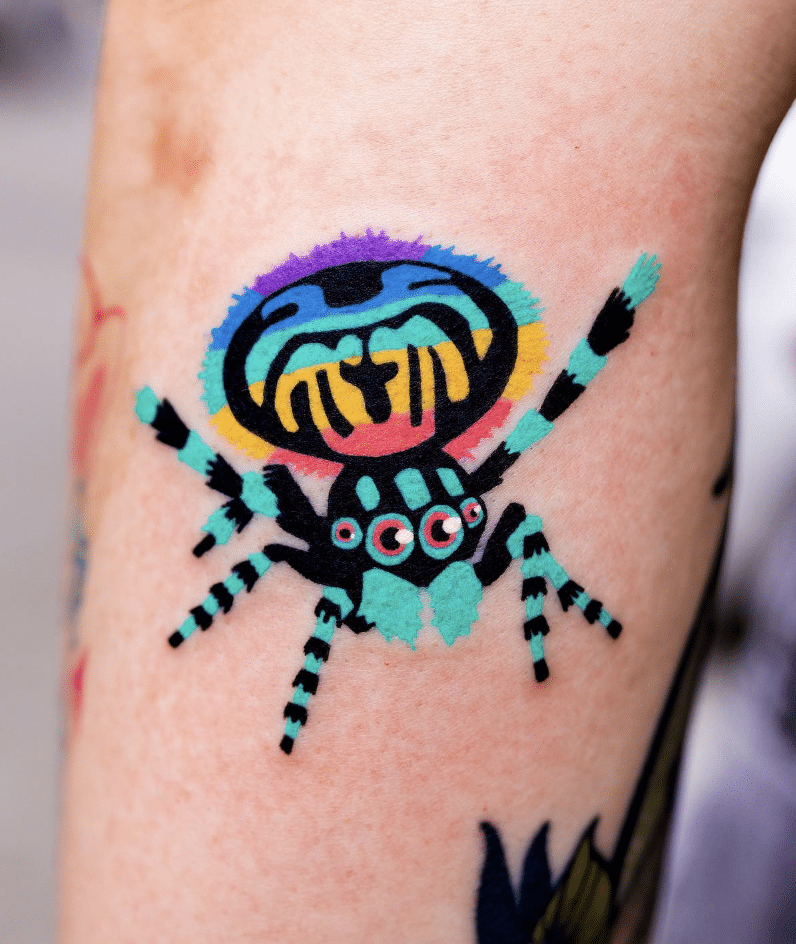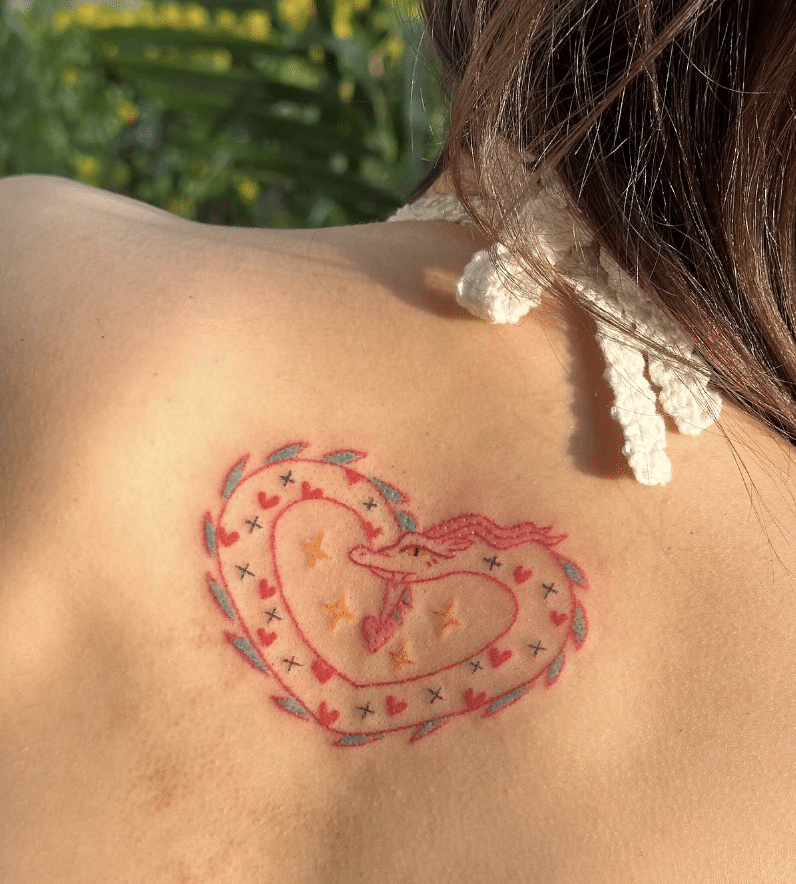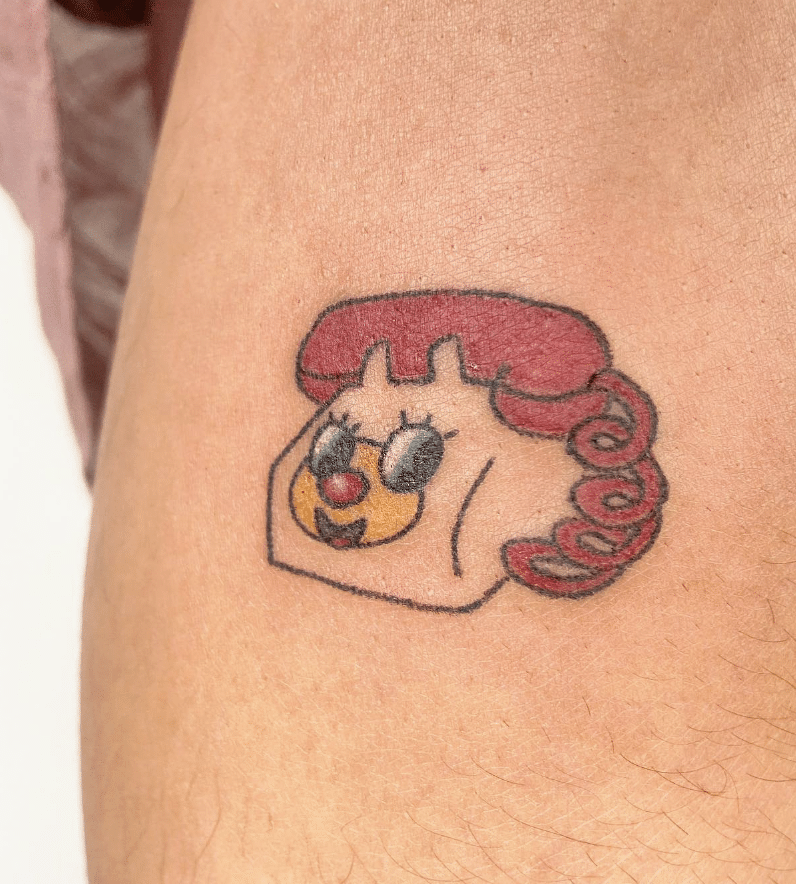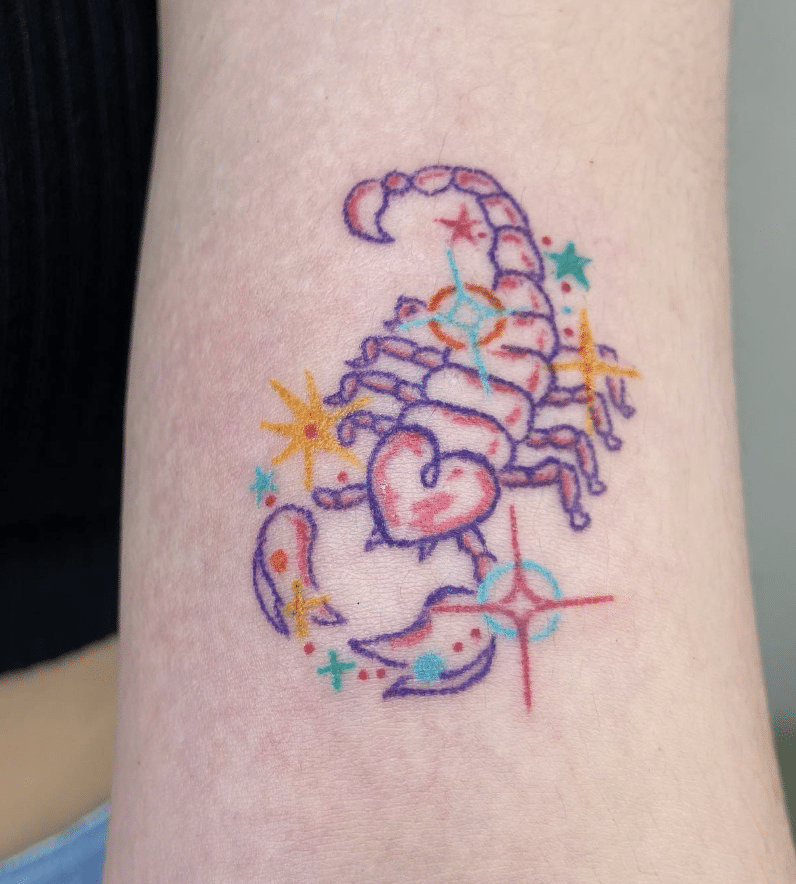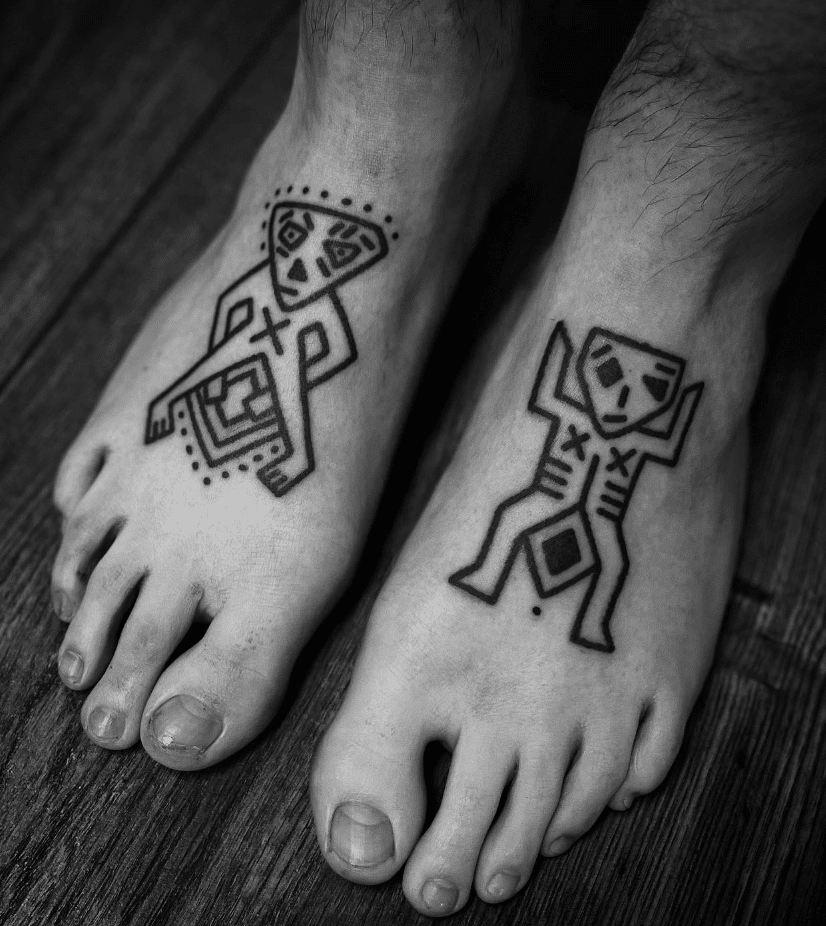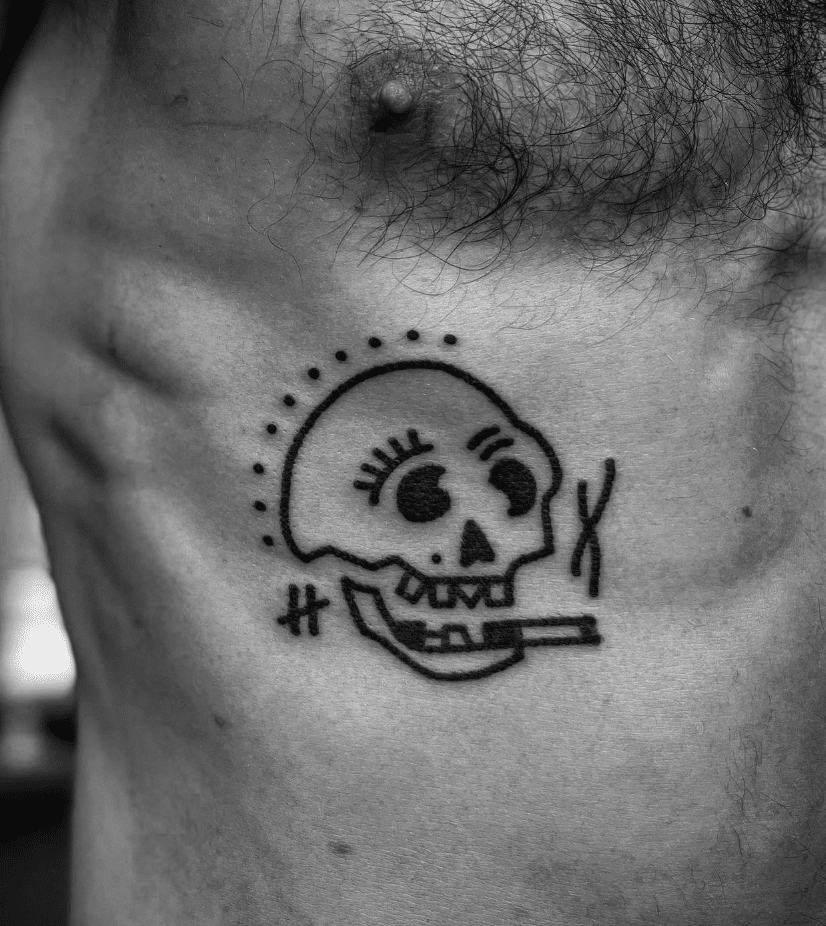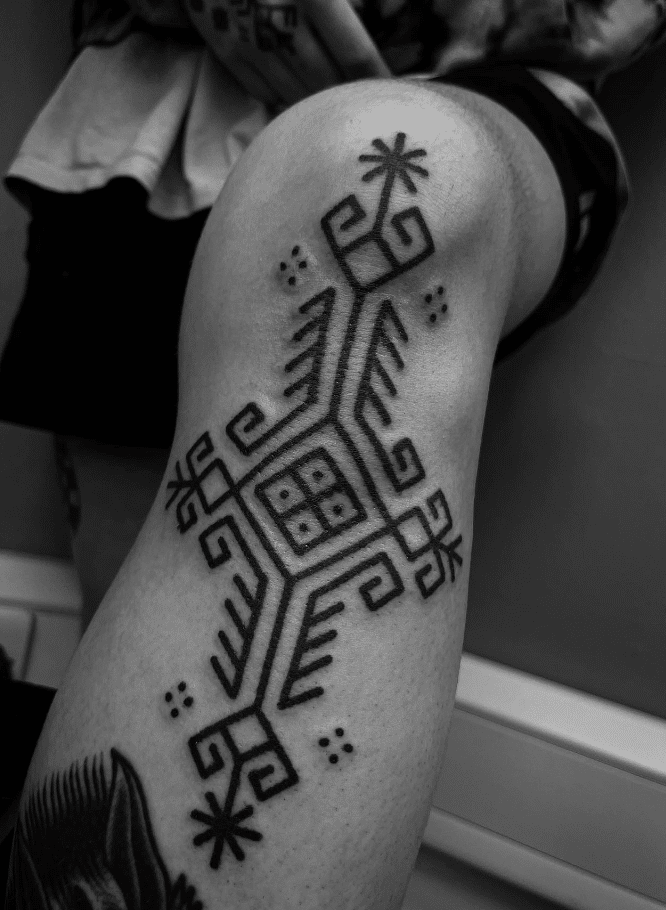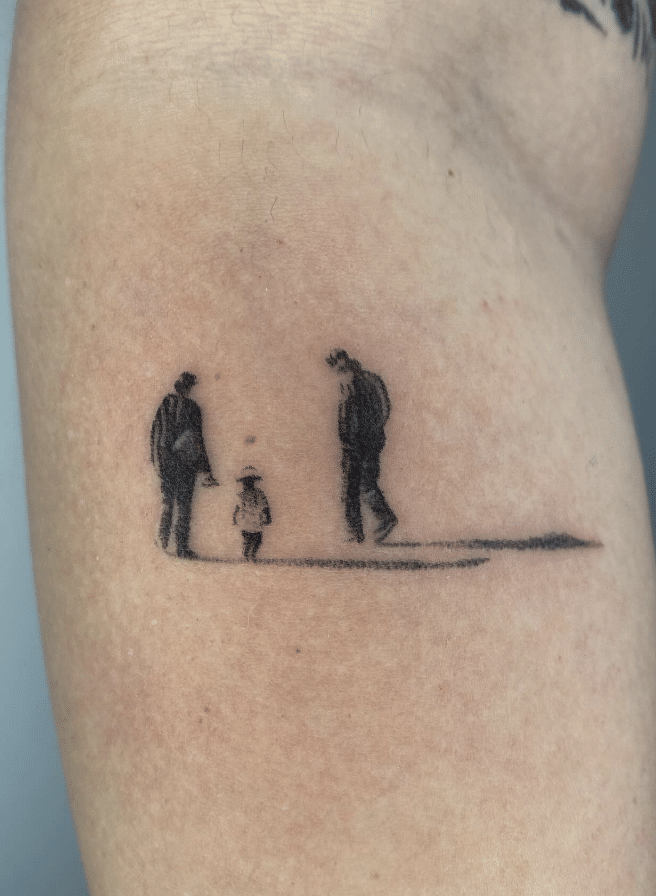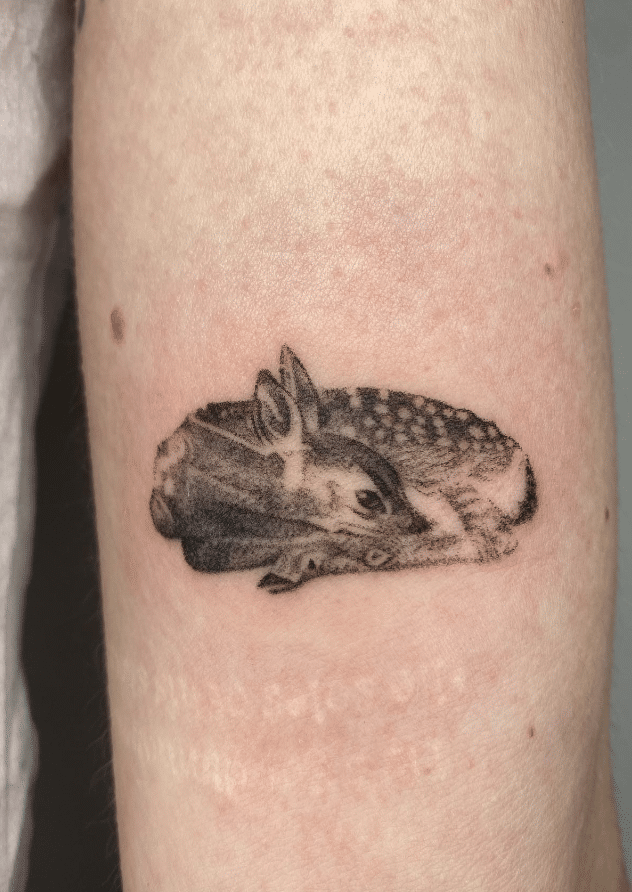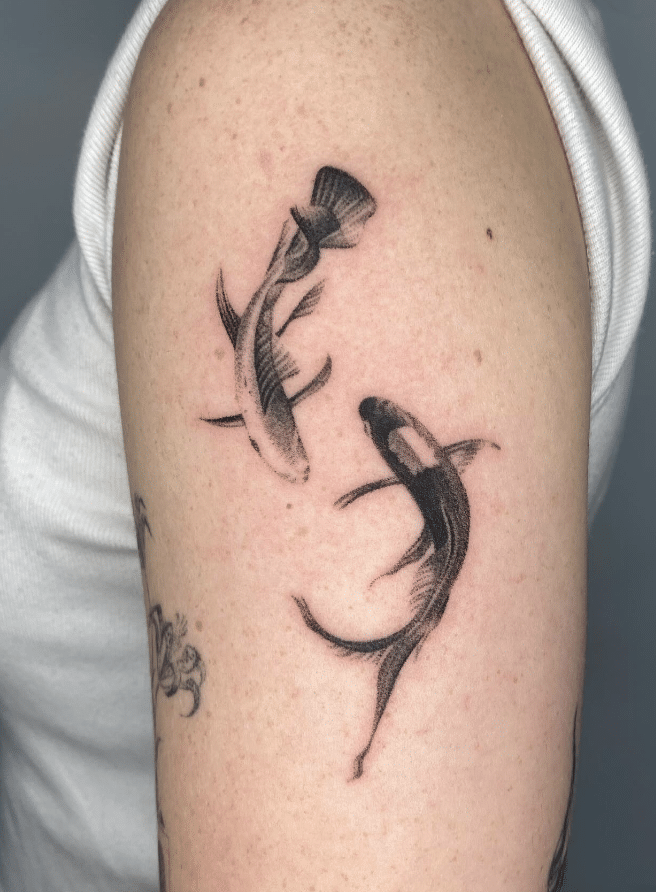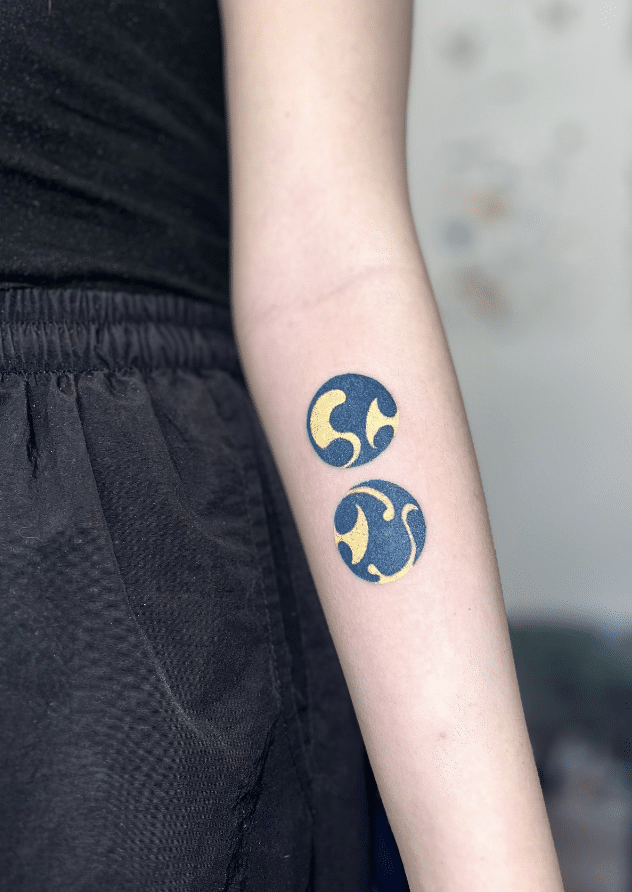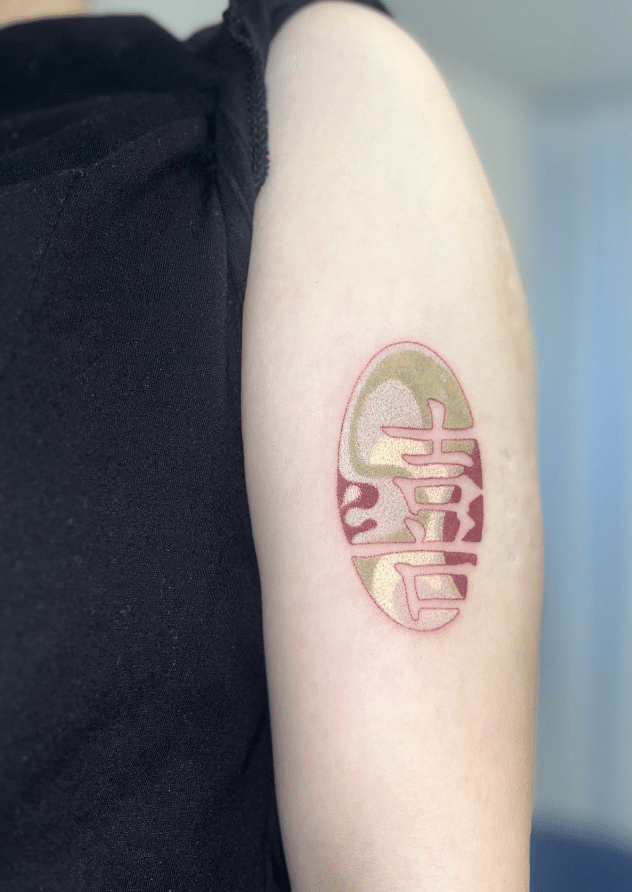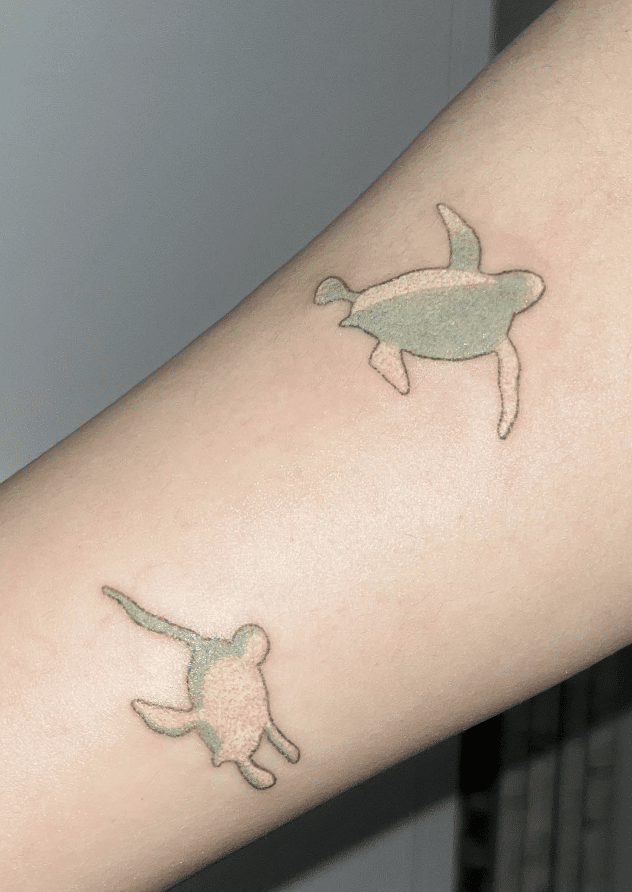Hand-poked tattoos are quite possibly the oldest tattooing method practiced throughout the centuries in many countries worldwide.
Hand-poking is still alive today through its traditional methods as a counter-cultural response to the mainstream tattoo industry, but it is also kepts alive by others thanks to the advancement in modern technology.
Early Hand-Poked Techniques
Ötzi The Iceman
Hand-poked tattoos can be traced back to ancient times, with the oldest known evidence of tattooing coming from the remains of Ötzi the Iceman, a 5000-year-old mummy who was found in the Alps with over 50 tattoos punctured into his skin.
This is one of the oldest known hand-poked techniques ever recorded and was possibly used for therapeutic purposes. Ötzi's tattoos are possibly a form of ancient acupuncture as most of Ötzi’s tattoos were located where Ötzi’s body was starting to wane, such as his knees and ankles.
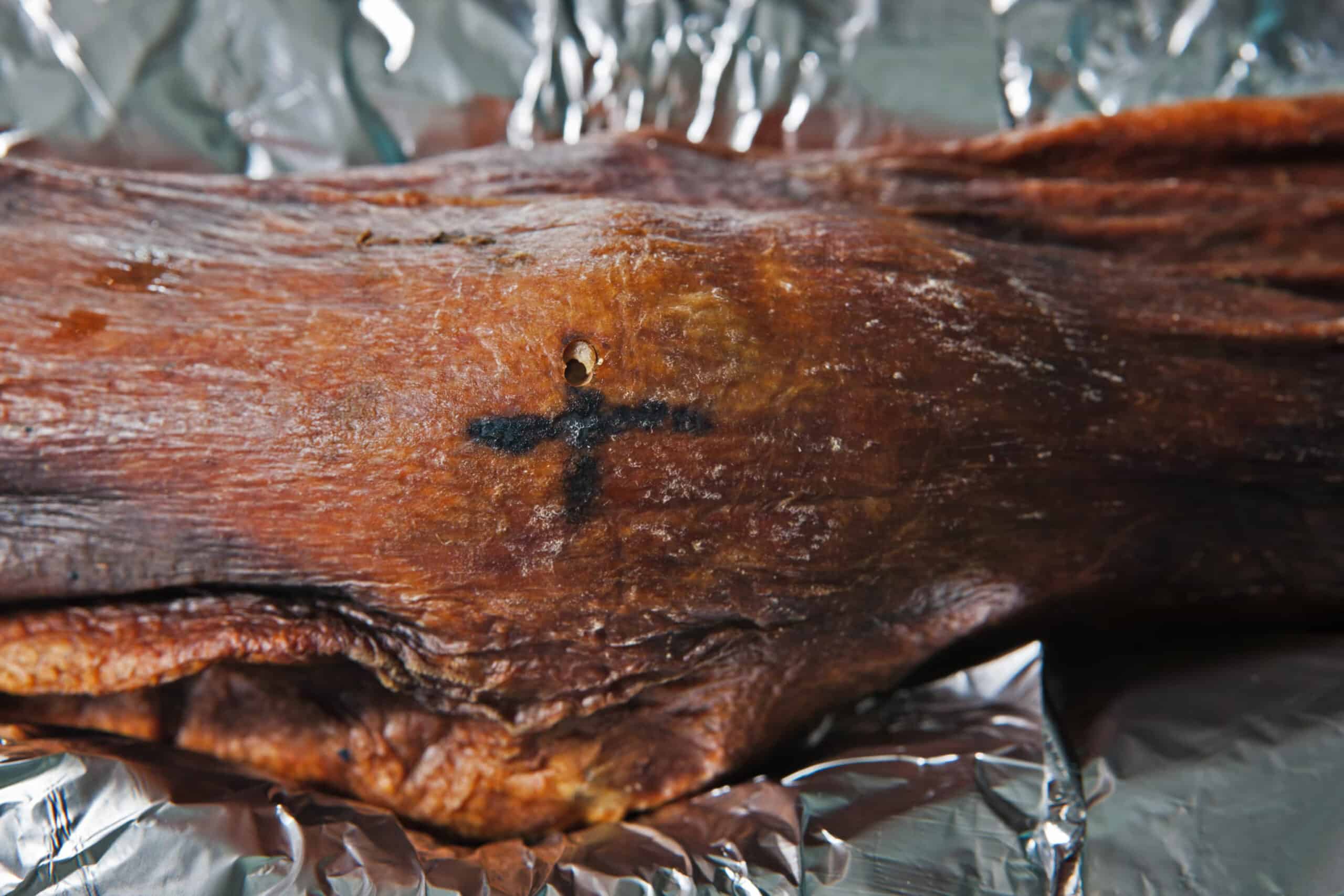
Photo credit: National Geographic
Batok Tattoo
The Kalinga people of the northern Philippines have practiced their form of hand-poke tattooing, known as Batok, for centuries.
Apo Whang-od, a Philipino Mambabatok (tattoo artist) and the oldest person to feature on the cover of Vogue magazine, uses a thorn from a pomelo tree, affixed to a bamboo stick, and ink made from a mixture of water and soot to create intricate, lace-like patterns on the skin.
After her appearance on a Discovery Channel series documentary called Tattoo Hunter, people from all over the world flock to Apo Whang-od to receive a tattoo from the last of the Mambabatok.
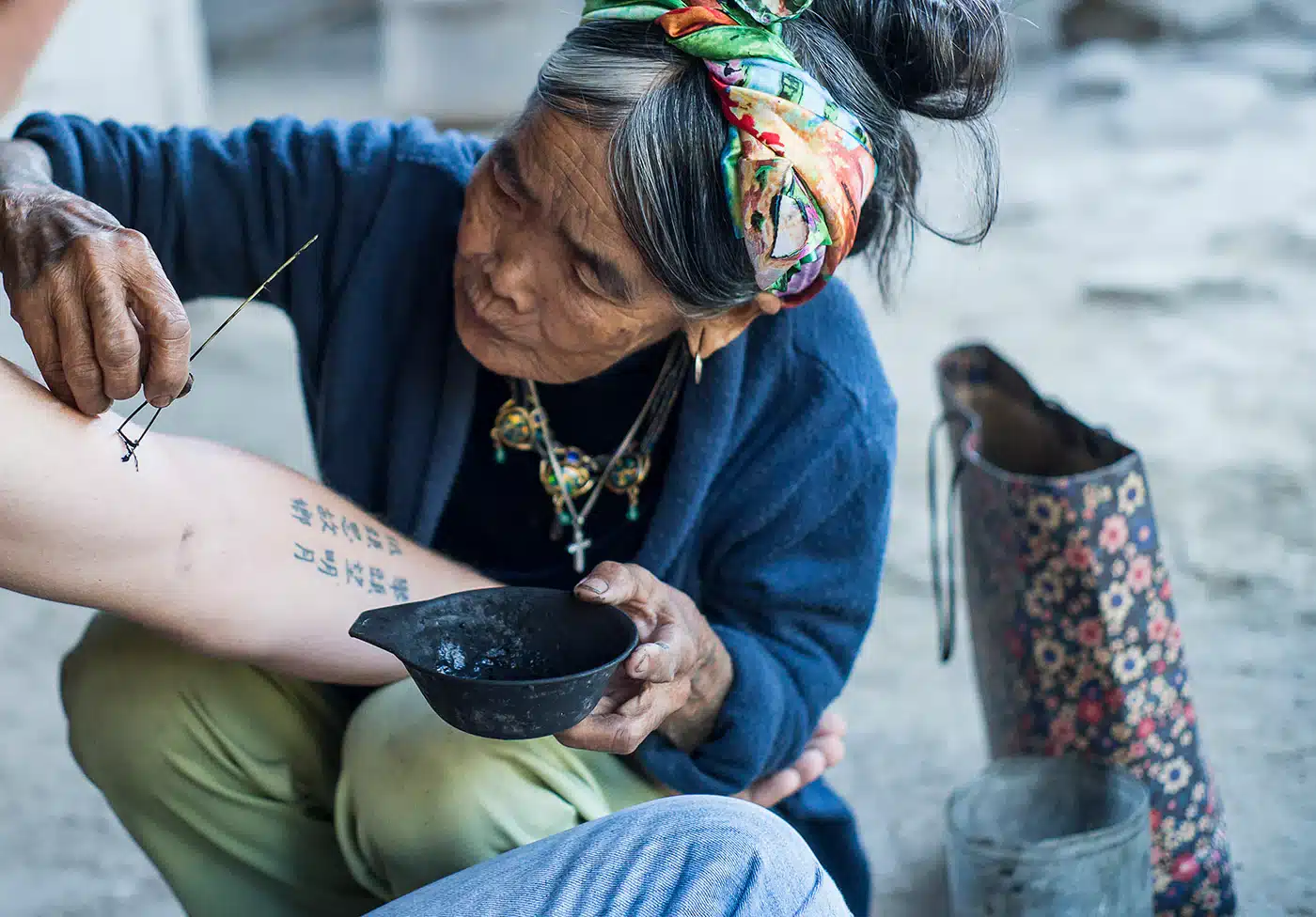
Photo credit: gestalten
Polynesian Islands Tattoo
In the Polynesian Islands, tattooing has a long history and is believed to have spiritual and social significance.
The tools used for these traditional tribal tattoos were typically made from natural materials such as bone, wood, and shark teeth, which were used to carve intricate designs into the skin.
These tattoos were used as a rite of passage, a crucial marker of social status, and a way to honor ancestral heritage.
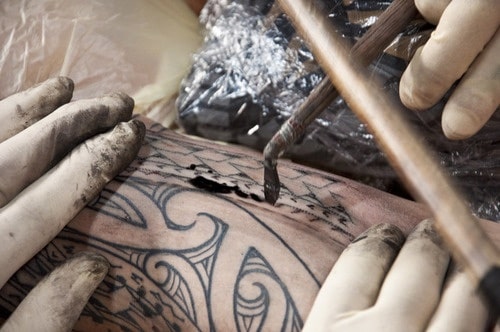
Photo credit: Pinterest
Japanese Irezumi Tattoo
While Japanese Irezumi tattoos are often associated with the use of tebori (hand-carving) tools in a more modern context, the origins of tattooing in Japan are believed to include hand-poke methods.
Initially, these tattoos were used both as spiritual protection and as a form of punishment.
Over time, the art evolved into the complex and symbolic designs associated with the Japanese yakuza, but the roots of the practice remain in the manual insertion of ink.
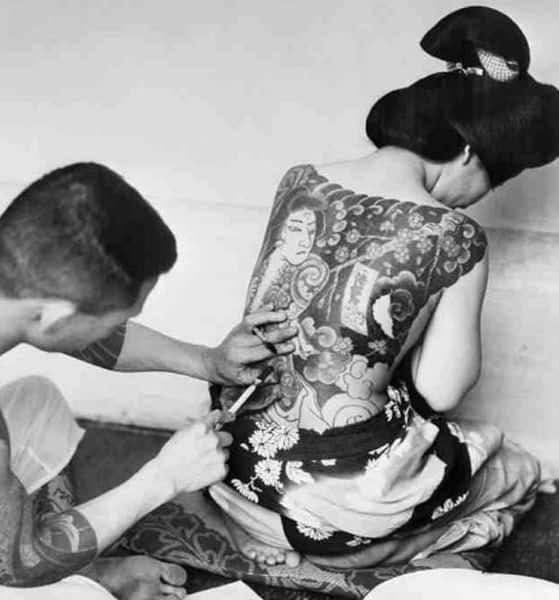
Photo credit: Authentink
Sak Yank Tattoo
Sak Yank is a tattooing method found predominantly in Thailand but also in other Southeast Asian countries such as Cambodia and Laos. These hand-poked tattoos are usually practiced by indigenous tribes with a history dating back over 2000 years.
These designs were traditionally performed by monks or ajarns (masters), who not only applied the tattoos, but also infused them with prayers and specific chants called kata to activate their supposed magical powers.
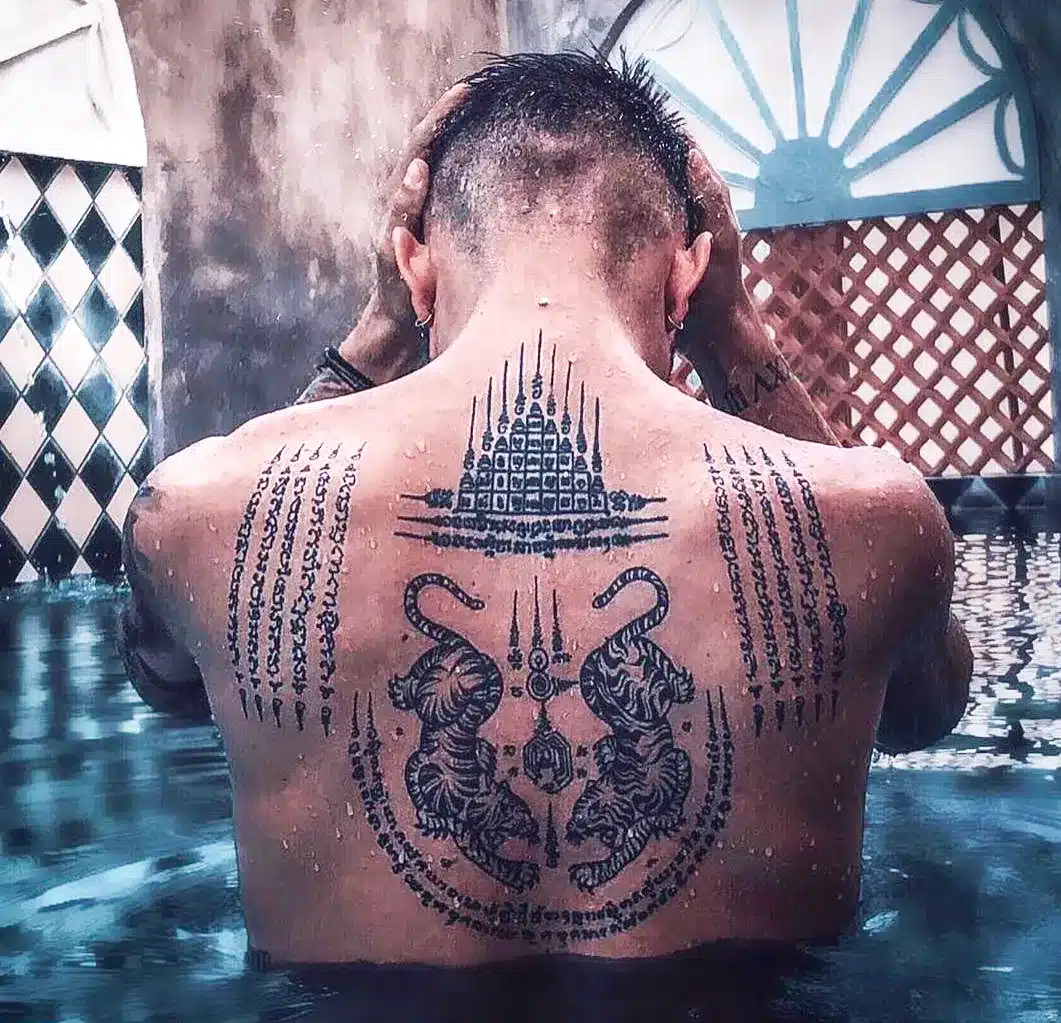
Photo credit: Sak Yant Chiang Mai
Inuit Tattoo
The native Arctic Inuit women would hand-poke their faces through a process that involved sewing with a needle coated in soot.
These tattoos marked significant life events, represented tribal identity, or served as talismans against evil spirits.
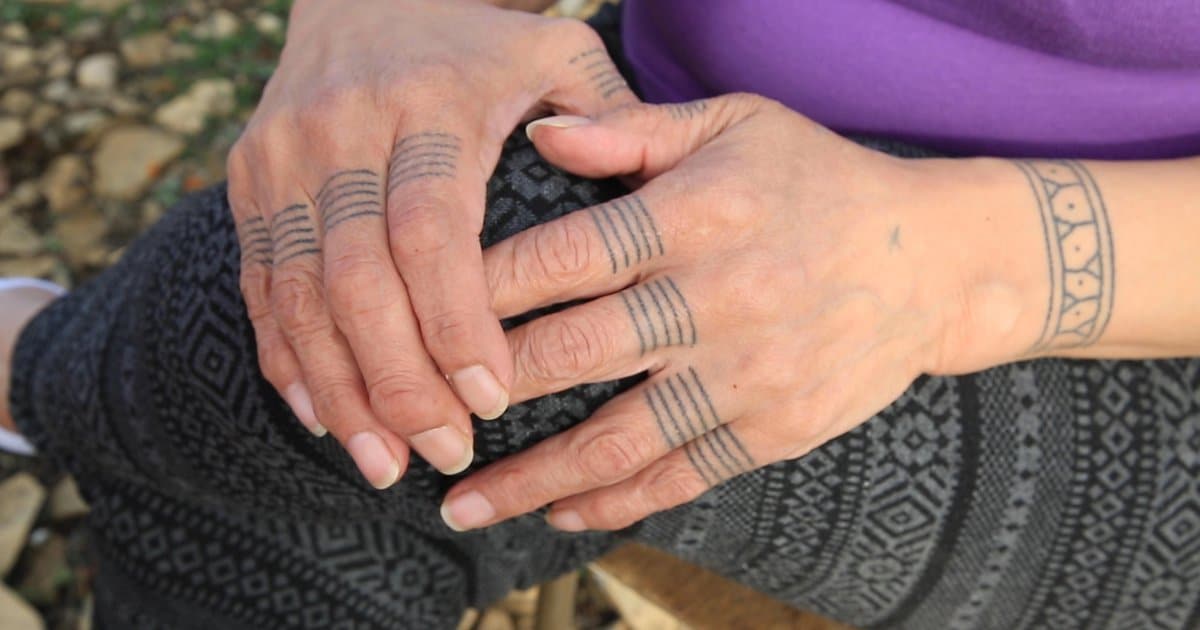
Photo credit: Arctic Focus
African Tattoo
In Africa, particularly among the Nuba of Sudan and Berber populations of North Africa, tattooing practices included the handpoke technique.
These tattoos were often linked to social status, spiritual protection, and beauty.
Similarly, in the Amazon, several indigenous tribes used tattoos and body painting as cultural symbols, employing hand-poke methods to apply the designs.
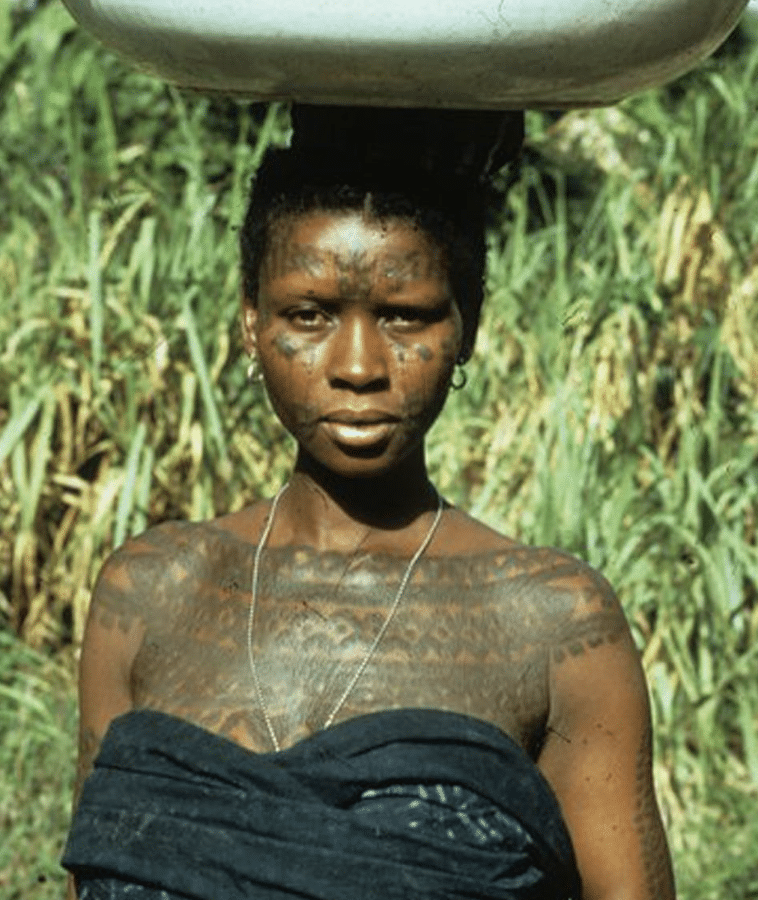
Photo credit: @larskrutak
Modern Hand-Poked Techniques
Modern popularity of hand-poke tattoos can be traced back to the early 2000s, gaining traction through the mid-2010s.
This is thanks to a movement towards DIY and crafts, with people seeking unique ways to express themselves, and the likes of Instagram allowing hand-poke artists to showcase their work to a global audience, highlighting the unique aesthetic of hand-poked tattoos.
Modern hand-poke tattooing remains largely unchanged from its ancient roots, with a needle being attached to a simple handle and ink then manually poked into the skin, dot by dot.
However, modern practitioners often use professional tattoo needles, which are the same as those used in machine tattooing, and high-quality tattoo inks.
Amazing Hand-poke Tattoo Artists
Conclusion
Hand–poked tattoos continue to have an enduring legacy. Starting off as both an artistic and ritual art form, they have now shifted towards a more personalized and meaningful experience.
As the revival of hand-poked tattoos continues to captivate those seeking a connection to ancient practices, we hope that this tradition not only preserves its rich history but also evolves in new and inspiring ways.
- Trash Polka Tattoo Style - June 25, 2024
- Anime Tattoo Style - June 17, 2024
- Geometric Tattoo Style - June 16, 2024

